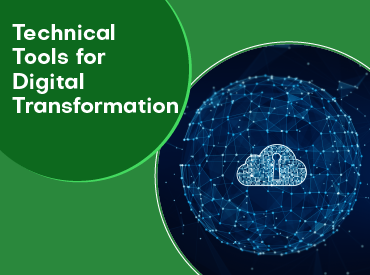There are many layers to consider when addressing network security. Attacks can occur at any layer in the network security layer or model, so the design of network security hardware, software, and policies must cover each side.
Network security comprises three different controls: physical, technical, and administrative.
Here is a brief description, of how each control works in different network security types:
- Physical network security
We design physical security controls to prevent unauthorized individuals from accessing network components such as routers, cable cabinets, and others. Controlled access, such as locks, biometric authentication, and other devices, is imperative in any organization.
- Technical network security
Technical security controls protect data we store and transmit over the network, on or off the network. Protection is two-fold. It needs to protect data and systems from unauthorized individuals; besides, it needs protection from the harmful activities of employees. - Administrative network security
Administrative security controls comprise security policies and processes that control user behavior, including how to authenticate users, their level of access, and how IT personnel implement changes to the infrastructure.

















